Here are fascinating facts about meteoroids—small space rocks that can become meteors (shooting stars) or meteorites (if they hit Earth):
Meteoroids: Cosmic Wanderers of the Solar System
In the vast expanse of the cosmos, numerous celestial objects move through space, each with a unique story. Among these, meteoroids are fascinating fragments that play a crucial role in understanding the solar system’s history and composition. Though often overshadowed by larger bodies like planets, comets, or asteroids, meteoroids hold significant scientific interest. This article delves into the world of meteoroids—what they are, where they come from, how they differ from meteors and meteorites, and why they matter.
What Are Meteoroids?
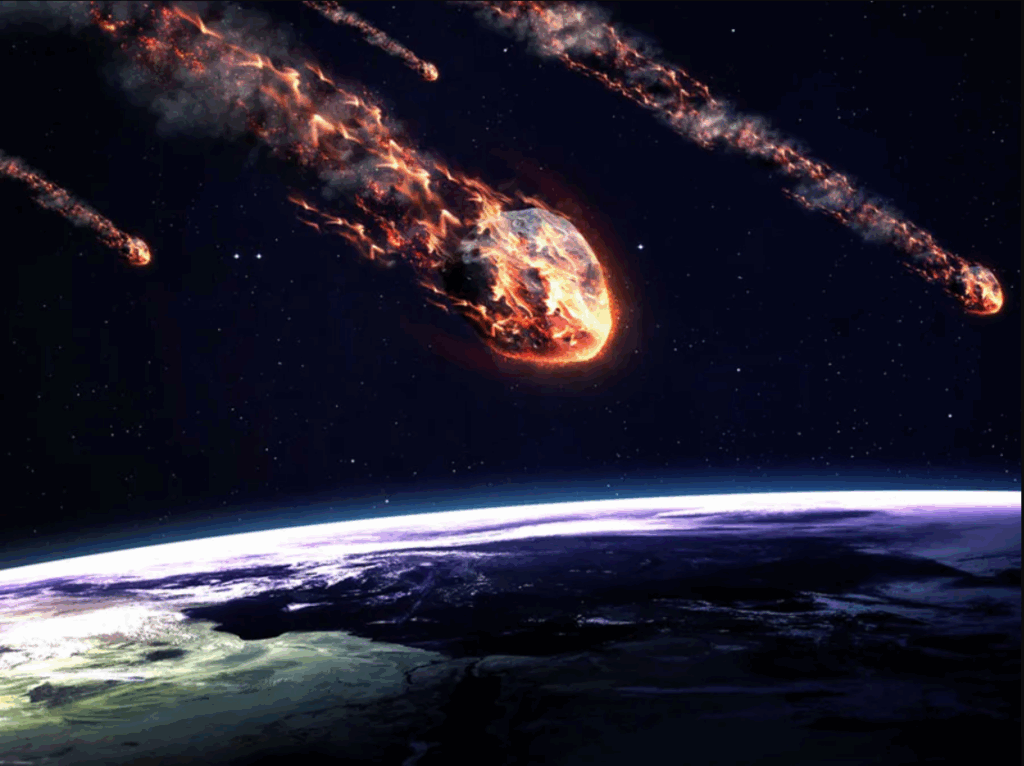
Meteoroids are small rocky or metallic bodies traveling through space. They are significantly smaller than asteroids, typically ranging from the size of a grain of sand to about a meter in diameter. Although tiny compared to planets or moons, meteoroids are plentiful and are constantly moving throughout the solar system. When one of these objects enters Earth’s atmosphere and burns up due to friction, it is called a meteor. If it survives the atmospheric passage and lands on Earth, it is known as a meteorite.
Origins of Meteoroids
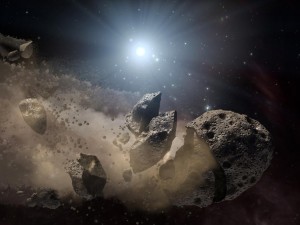
Meteoroids can originate from a variety of sources:
- Asteroids: Many meteoroids come from collisions between asteroids in the asteroid belt located between Mars and Jupiter. When these larger bodies collide, they can fragment into smaller pieces—some of which are ejected into space and become meteoroids.
- Comets: As comets orbit the Sun, they leave behind a trail of dust and small particles. These particles often become meteoroids. When Earth’s orbit crosses a comet’s debris trail, the meteoroids enter our atmosphere and produce meteor showers.
- Moon or Mars: A small number of meteoroids are thought to originate from the Moon or Mars. These are ejected into space by powerful impacts on their surfaces and can eventually make their way to Earth.
- Planetary Debris: Occasionally, meteoroids may be remnants from the early solar system, representing material that never coalesced into a larger body due to gravitational influences.
Types of Meteoroids
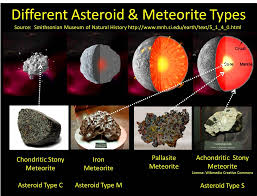
Meteoroids are classified based on their composition:
- Stony Meteoroids (Silicaceous): These are the most common and are made primarily of silicate minerals. They include chondrites (containing small round particles called chondrules) and achondrites (which lack chondrules and resemble terrestrial igneous rocks).
- Iron Meteoroids: Composed mostly of iron and nickel, these are denser and heavier. They are thought to come from the cores of larger bodies that were once molten and differentiated.
- Stony-Iron Meteoroids: These are rare and contain a mix of silicate minerals and metallic iron. They likely originated from the boundary between the core and mantle of differentiated bodies.
Meteors and Meteorites: The Journey to Earth

When a meteoroid enters Earth’s atmosphere, it travels at extremely high speeds—anywhere from 11 to 72 kilometers per second. The intense friction with the atmosphere causes it to heat up and glow, creating the bright streak of light known as a meteor or “shooting star.” Most meteors disintegrate completely in the atmosphere.
However, some larger meteoroids are robust enough to survive the fiery descent. These surviving fragments are known as meteorites. Upon impact, they can create craters and sometimes cause significant destruction, depending on their size and speed.
One of the most famous meteorite events occurred in 2013 in Chelyabinsk, Russia, where a meteor exploded in the atmosphere, creating a shockwave that damaged buildings and injured over a thousand people. Though rare, such events highlight the power meteoroids can unleash.
Meteor Showers: A Celestial Spectacle

When Earth passes through the debris trail of a comet, the result is a meteor shower—a spectacular display where dozens or even hundreds of meteors streak across the sky every hour. These showers are often predictable and are named after the constellation from which they appear to originate.
Some well-known meteor showers include:
- Perseids (August): Associated with Comet Swift-Tuttle.
- Leonids (November): From Comet Tempel-Tuttle.
- Geminids (December): From the asteroid 3200 Phaethon, making it one of the few showers not linked to a comet.
Meteor showers are best viewed away from city lights, and they offer not just entertainment but also scientific opportunities to study the particles that have remained unchanged for billions of years.
Scientific Significance of Meteoroids
Meteoroids serve as natural time capsules. Because many are remnants from the early solar system, they can provide clues about the formation and evolution of planets, moons, and other celestial bodies. Meteorites that fall to Earth are especially valuable for scientific research.
Laboratory analysis of meteorites can reveal their chemical makeup, isotopic compositions, and mineral structures. Some even contain presolar grains—particles that predate the formation of the solar system itself. Others hold organic compounds, which fuel debates about the origins of life and whether building blocks for life were delivered to Earth via meteoritic impacts.
Additionally, studying meteoroid impacts on the Moon, Mars, and other bodies helps researchers understand planetary geology and surface evolution.
Risks and Protection
While small meteoroids burn up harmlessly, larger ones pose potential risks. Although rare, significant impacts can cause local devastation or even influence global climates. The most famous ancient impact event is the Chicxulub impact about 66 million years ago, which is linked to the mass extinction of the dinosaurs.
To monitor such risks, scientists employ planetary defense systems, including sky surveys like NASA’s Near Earth Object (NEO) program, which tracks potentially hazardous asteroids and meteoroids. Missions like DART (Double Asteroid Redirection Test) aim to test humanity’s ability to deflect a threatening object if necessary.
Conclusion
Meteoroids may be small, but their importance in astronomy and planetary science is immense. From providing insights into the early solar system to offering thrilling night sky displays, these cosmic travelers connect us with the universe in profound ways. As technology advances, our ability to study and even protect ourselves from meteoroids continues to grow, ensuring that we can learn from them safely and effectively.
Whether as fleeting meteors in a meteor shower or as ancient meteorites on museum shelves, meteoroids remind us that the universe is constantly in motion—and that Earth is just one stop in a much larger cosmic journey.

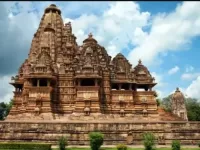


















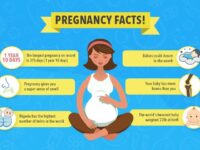








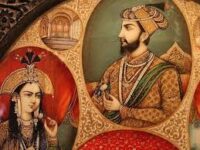

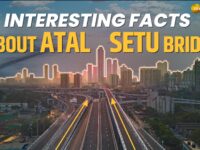

















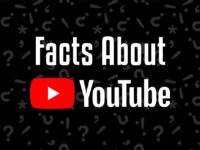




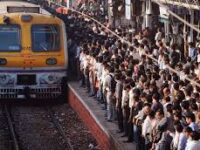






















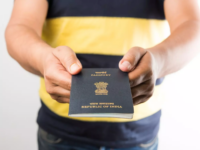


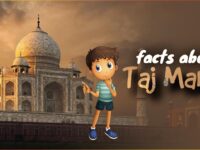


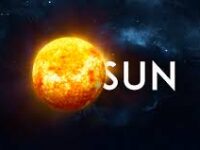







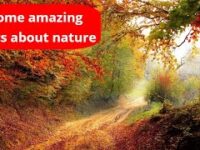












0 Comments